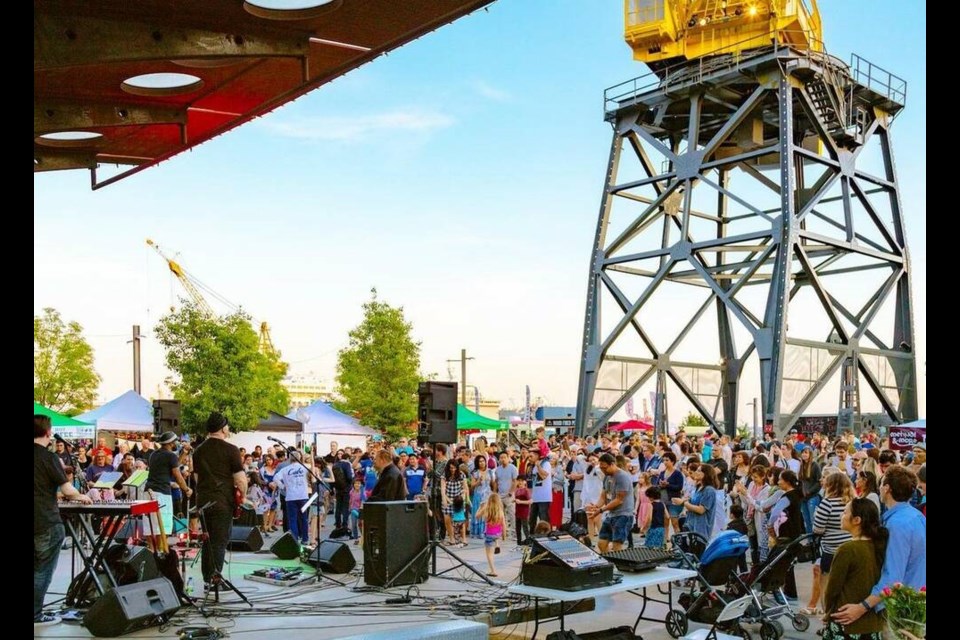The City of North Vancouver was tied for the third fastest growing municipality in all of B.C. during the heady years of the pandemic, according to the latest population estimates released by Statistics Canada.
From 2020 to 2022, Langford was the fastest growing municipality in B.C., with 11 per cent more residents. The City of Langley was second, with seven per cent growth. The City of North Vancouver and District of Langley were tied at six per cent, the stats show.
As of July 1, 2022, the population of the city reached 62,973 – up nine per cent compared to 2018 stats.
The District of North Vancouver’s population grew by two per cent during the pandemic years, to a total of 92,390. Since 2018, the district’s population has grown by three per cent.
The District of West Vancouver, meanwhile, also saw two per cent growth in the years since 2020, reaching 45,406 residents. Since 2018, West Van’s population is up four per cent.
The average growth rate for Metro Vancouver over the pandemic was four per cent.
Every year, StatCan produces fresh estimates for Canada’s municipalities with over 25,000 residents based on formula that factors in births, deaths, immigration and emigration. Data differs from census counts because different methodology is used.
Thee three North Shore local governments now have a combined population of 199,769, the estimates show. This excludes First Nations reserves, which are tallied separately.
Now with three years’ worth of data since the year the pandemic was declared, there’s a clearer picture emerging of how people shifted their living and work arrangements on top of the usual population growth, demographic changes and development patterns, said Andy Yan, director of SFU’s City Program.
“It’s seeing how the pandemic might be reshaping communities. The big thing is how the pandemic actually has reshaped work,” he said. “For certainly the 40 per cent of the workforce that can work remotely, it has adjusted their location choices.”
The data partly confirms the anecdotal trend that white collar workers who lived in Vancouver (which stalled out at one per cent growth) were opting for cheaper homes with more space, farther from downtown. But the City of North Van becoming a top destination was interesting, Yan said.
Unlike Langley or Langford, CNV contains mainly apartments and condos, but Yan said the city has done a good job of providing the kind of housing workers choose to live in along with desirable places to hang out after work and “beautiful” public amenities, particularly the Shipyards.
“It's lifestyle.… It really is a commendation to the leadership and the planning that has occurred, and the community building that has occurred in the City of North Vancouver,” he said, contrasting the city with its two North Shore neighbours. “They’re not building for that particular population, which is a really important one, should you want to have a vibrant local economy.”
Some people associate a rising population with crowding and a lower quality of life overall, but Yan said the city is proof otherwise.
“The irony is that the type of growth that’s managed in the city of North Van is not as dependent on automobiles than what you may find in the district (of North Van) or in West Van,” he said.
More desirability is certainly associated with higher prices, though. Assessments for homes were up 10 per cent in the city in 2022. In the District of North Vancouver, multi-family units were up 11 per cent while single-family properties were up by six per cent. West Vancouver’s were up four and seven per cent, respectively.
“The challenge is how do you keep it sustained? How do you keep it affordable and adequate for workers across the spectrum?” Yan asked.



